
Plant a tree on Motuihe Island - Help replant a forest with native trees
Motuihe Island / Te Motu-a-Ihenga
The perfect gift for life - For just NZ$75
When you sponsor a Motuihe Puriri, Kohekohe, Kowhai, Rewarewa or Pohutukawa tree, your name or the name of your choice will be recorded as the registered sponsor on our database. You will receive a full colour certificate showing the unique tree ID number and details of the precise location of the tree in longitude and latitude derived from the Global Positioning System. (GPS).
Motuihe Trust will plant the tree on your behalf. You can visit the tree and you may be able to see it after a few years on Google by inserting the GPS coordinates. Planting commences each season April or May subject to soil moisture conditions through to September. This allows time for the plant root structure to establish before summer dry conditions. There is no planting after September.
Orders for Christmas 2025 need to be received before 20th November due to ferry services and Trustee signatory availability.
2024 Plant a Tree Presentation
Kauri (Agathis australis) Please note Kauri stock have been withdrawn from the Plant a Tree programme.
Will grow to more than 50 metres with a girth of up to 16 metres. Used to cover most of the North Island of NZ more than 1000 years ago. Trees were used for boat building, carving, house building, furniture.
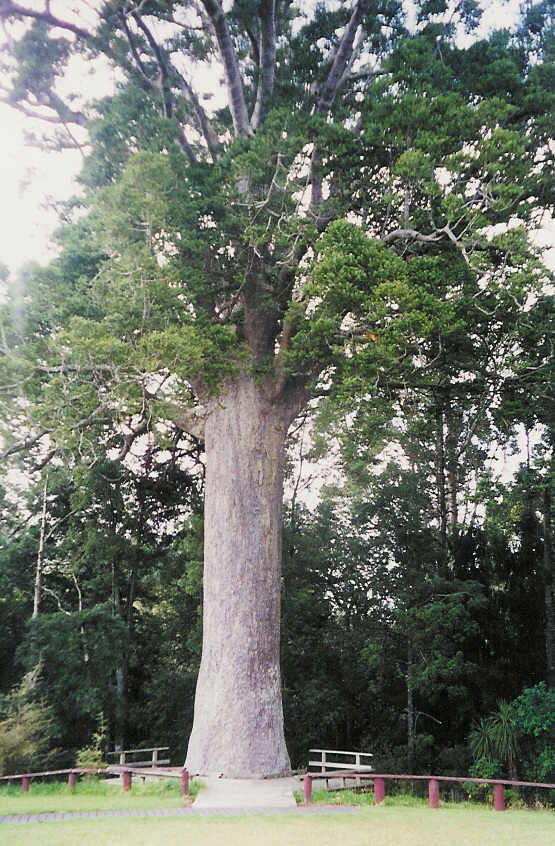
(Photo courtesy of Department of Conservation)
Pohutukawa (Metrosideros excelsa) Please note Pohutukawa stock have been withdrawn from the Plant a Tree programme.
Best known of New Zealand coastal trees because of its attractive wide-spreading habit and the profusion of red flowers it bears about Christmas time hence it is commonly known as the NZ Christmas Tree. Will grow to more than 20 metres.
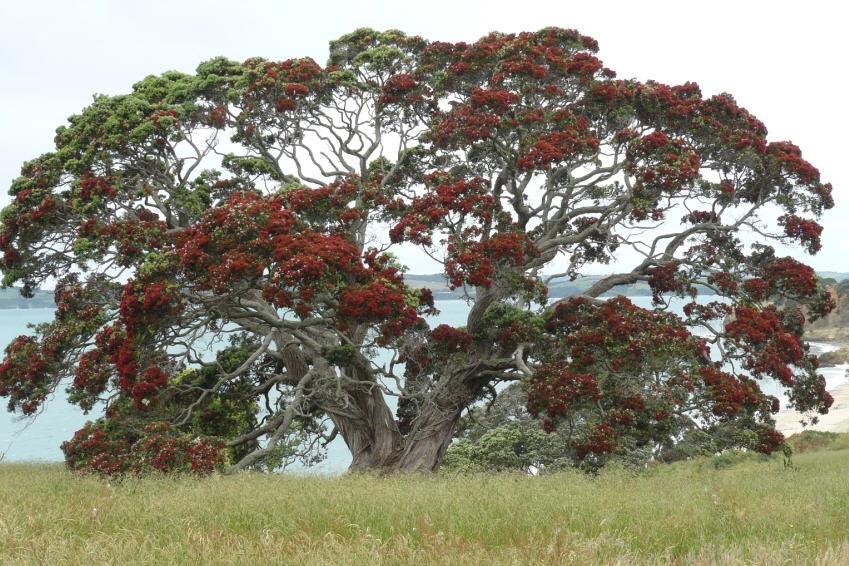
Puriri (Vitex lucens)
Puriri can grow to a height of 20m, with a trunk commonly up to 1.5 m in diameter, frequently thicker, and a broad spreading crown. Puriri was actively and selectively logged in the past to provided timber for a wide range of end uses. Puriri bears fruit year round for nectar loving birds. Puriri is highly valued as an aid in increasing kereru (native pigeon) populations.
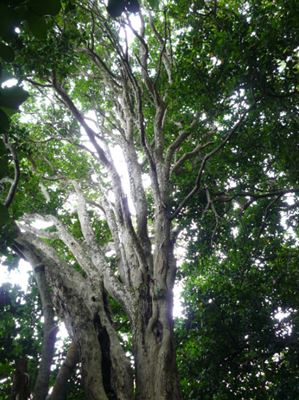
Kohekohe (Dysoxylum spectibile)
The Kohekohe tree will grow up to 15 metres with a trunk up to 1 metre in diameter. The wood is dark and useful for furniture and inlaying. The flowers, seen between March and June, are small, waxy and highly perfumed. Frost tender, Kohekohe are confined more to the coast as you go further south.
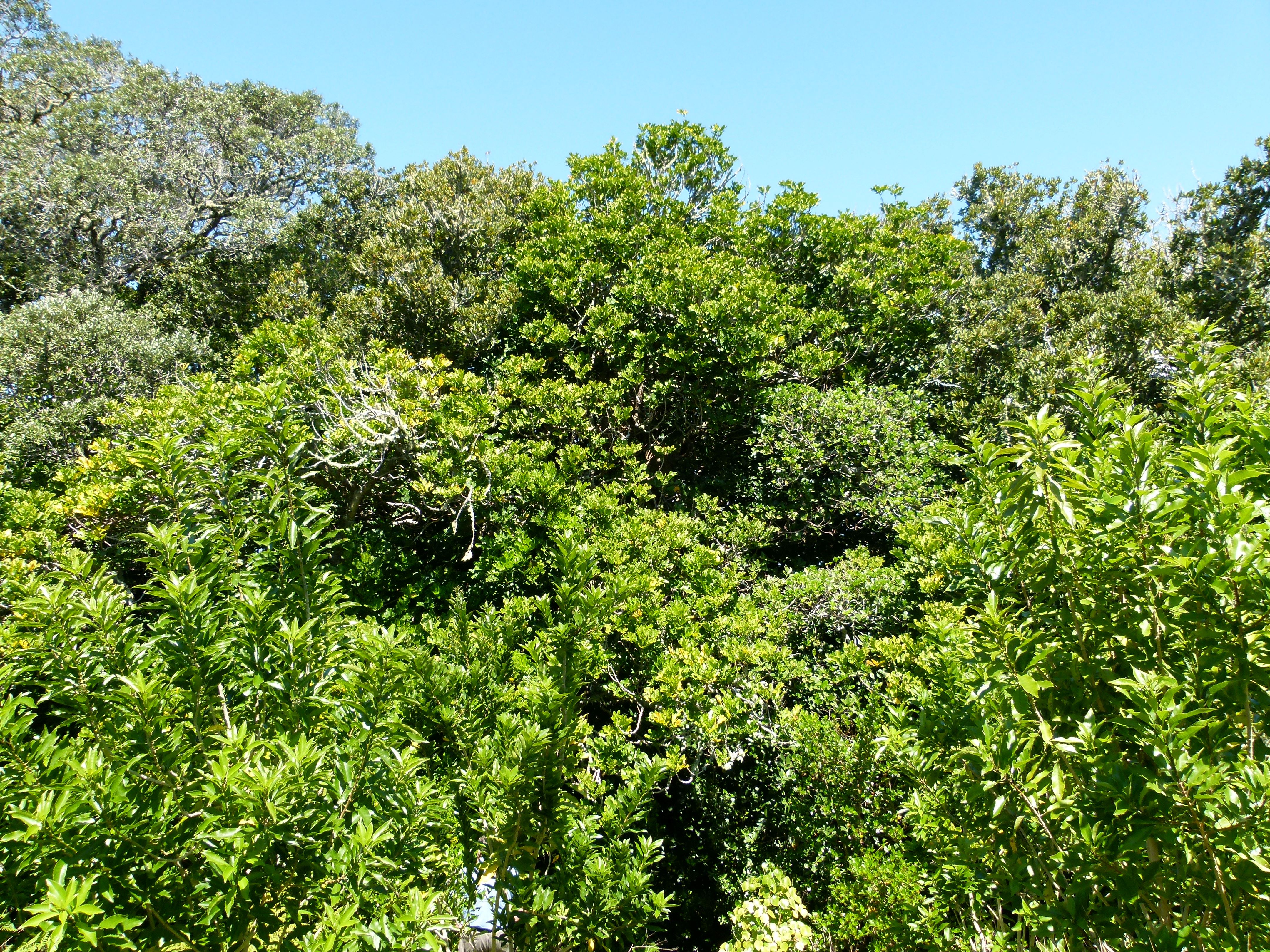
Rewarewa (Knightia excelsa) (NZ Honeysuckle) Please note Rewarewa stock have been temporarily withdrawn from the Plant a Tree programme due to no seed stock available at this time.
Rewarewa is an evergreen tree which prefers well drained soil in lowland and mountain forests and can grow up to 30 metres. It can dominate regenerating bush. The leaves are severely serrated and quite leathery. The red/light brown wood is ideal for interior work. It is not suitable for exposed areas. Nectar is plentiful and is secreted at the base of flower. The tuis and bellbirds become thoroughly dusted with pollen as they forage.
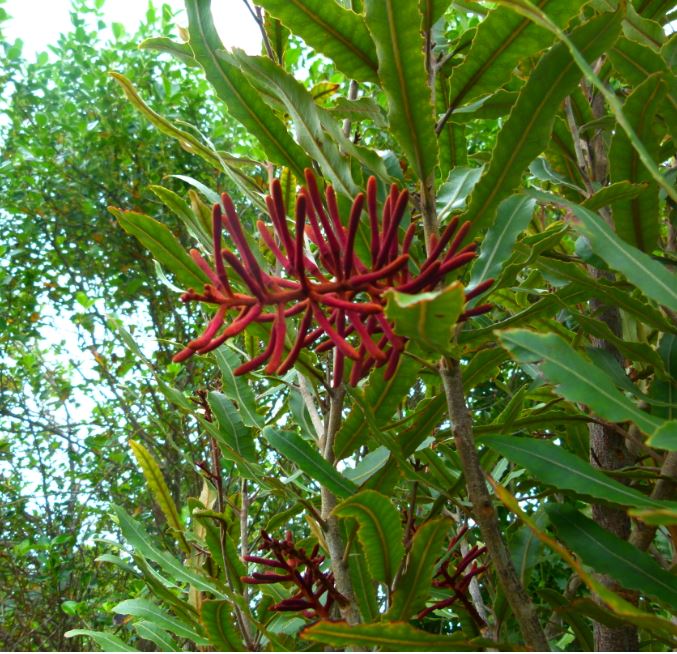
Kowhai (Sophora chathamica)
A sub canopy tree, Kowhai can grow to a height of 25 metres and best known for their brilliant yellow flowers that appear in profusion in Spring. Found near the coast from North Cape down as far as the Coromandel in the east and Kawhia in the west. Full of nectar the flowers are pollinated by birds. A favourite of tui, bellbird, kākā and New Zealand pigeon Kereru. The seed itself is hard and waxy. It can float, however to encourage germination gardeners often need to nick the seed coat
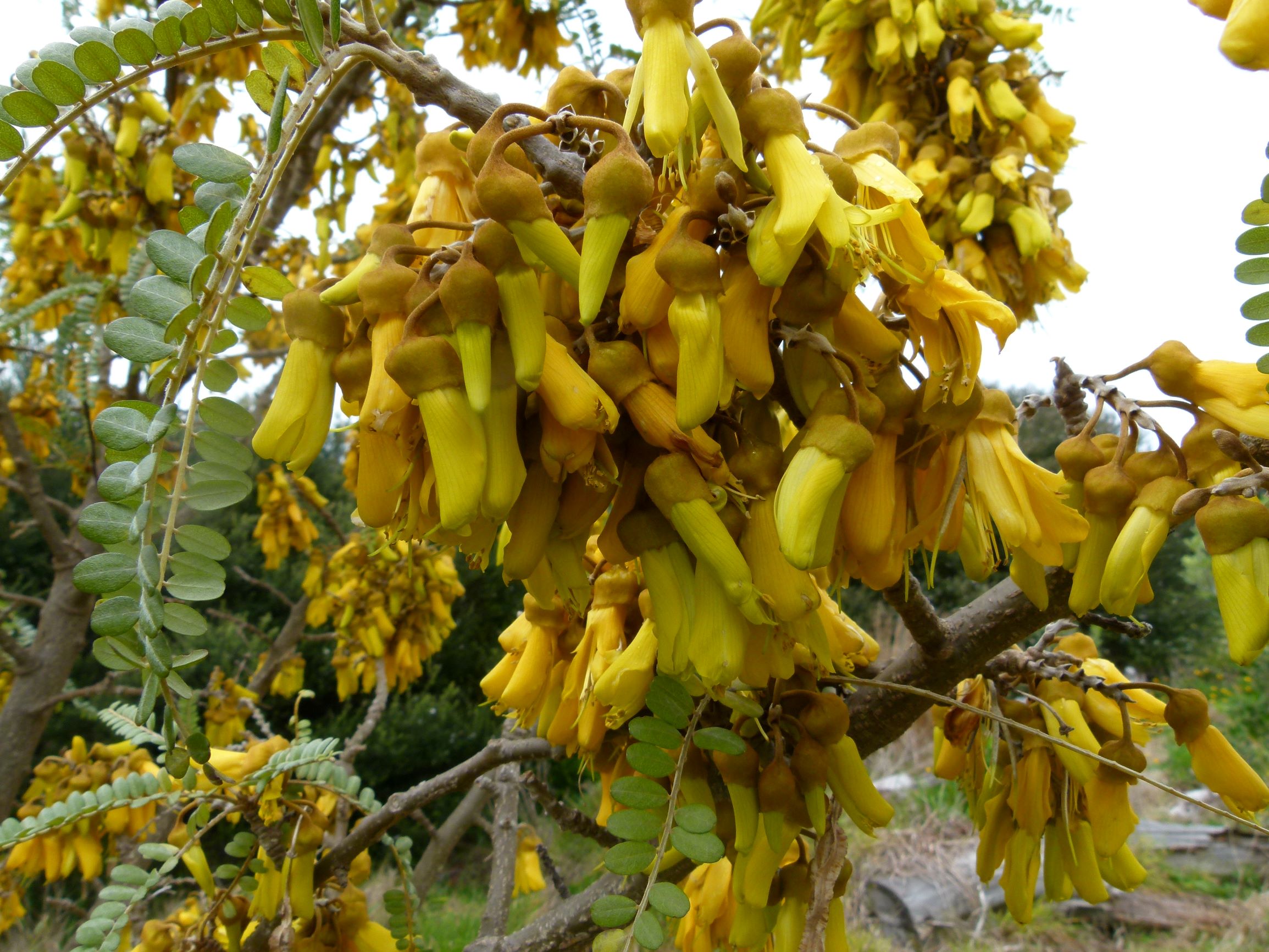
Totara (Podocarpus totara)
Totara is found in the lowland forests throughout NZ and generally grows to 20-25 metres A conifer, totara likes well- drained soil and it has prickly needle like leaves. The red timber is most durable. Tōtara grows easily from fresh seed and cuttings. European uses include house building, furniture making, fence posts and bridges. Totara have cones growing on the leaf tips. The yellow pollen cones and dark seed cones are on separate trees.
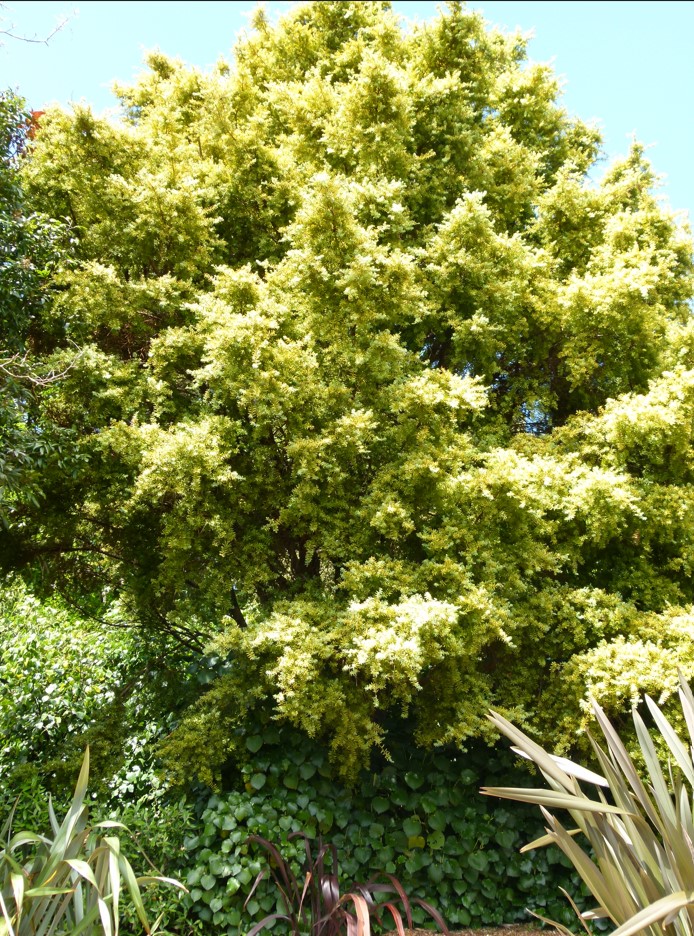

The total cost per tree is NZ$75 inclusive of all charges
Please complete the order form below and arrange payment through this DONATE button.
